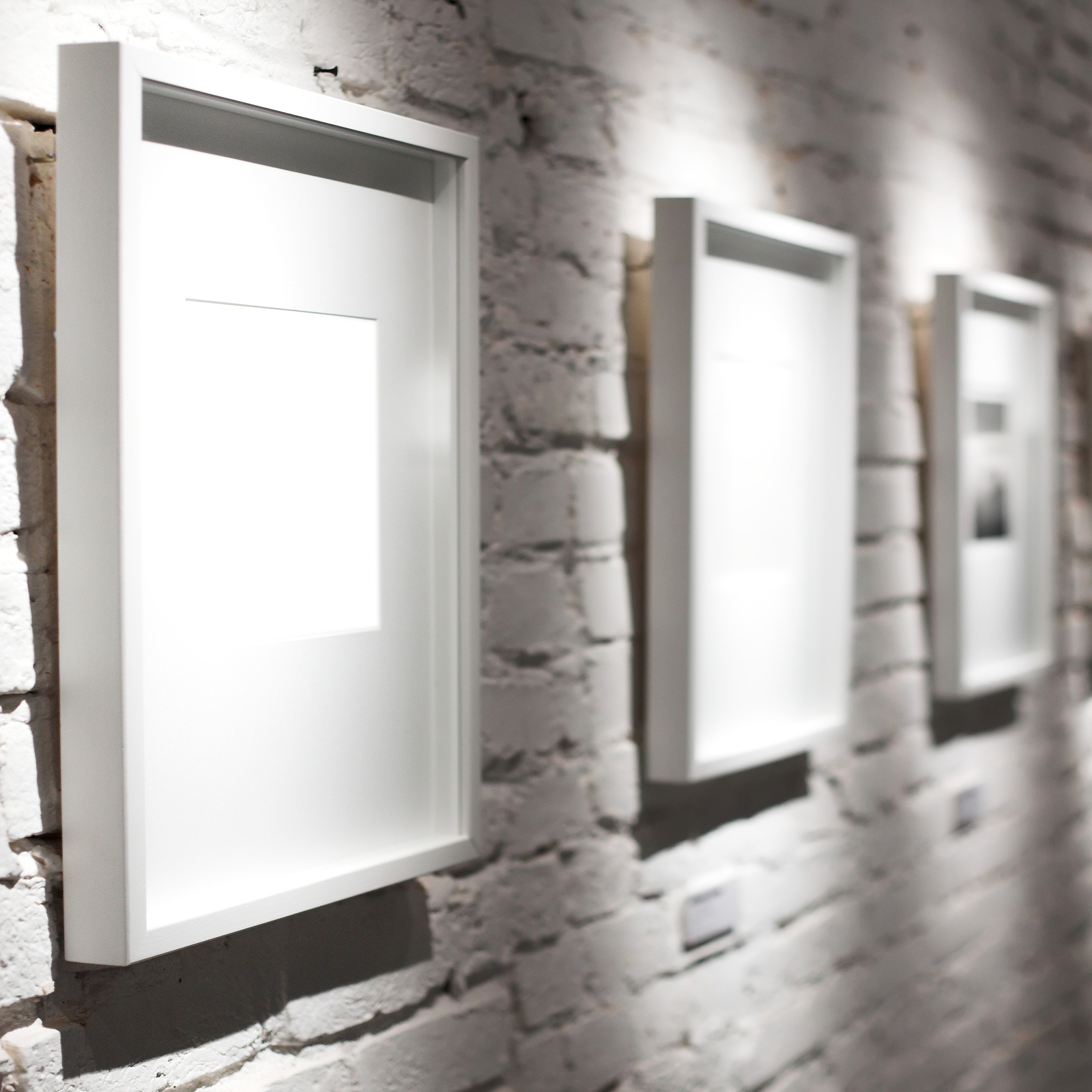Building an art collection from scratch may seem overwhelming to anyone, whether a newbie or a pro. Collection development management requires a systematic approach following a well-formulated strategy that will bring you from zero to a thoroughly planned collection with a distinctive focus, mission, and goals. Here are the main principles of curating an art collection’s buildup.
Steps Involved in Collection Development Management
At a minimum, the process of collection management should involve the following steps and activities.
Scoping
The first step is to understand what collection you want to have. Which mission and goal will it pursue? Will it be dedicated to a single artist, a single country, or a specific art school or movement? You need to be clear about the scope, as you can’t buy everything and mix various styles and philosophies on one wall.
Acquisition Planning
Now that you know what your collection should ideally include, it’s time to assess the market and identify the items you can buy right now. You need to set the budget for your collection development so that you don’t spend a lump sum of money in one go. If your budget is limited, you may consider attracting grants or donations from interested investors.
Practical Strategies for Compiling the Collection
The next stage is the practical one. It involves the actual purchases of planned artwork from galleries, auction houses, and art fairs you can reach out to. Another workable strategy is to contact artists directly and negotiate purchases from them. Announce your collection initiative on social media and press to see whether philanthropists wish to donate or gift relevant artwork to you. This stage also involves close work with donors and investors who may encourage bequests and legacies for your collection.
Cataloging
As soon as your collection grows and expands, you need to set up an advanced system of cataloging the items in it. You should conduct thorough provenance research to verify all items’ authenticity and feed all the details about each item into the catalog for further tracking simplicity. It makes sense to have both a physical and a digital collection inventory for the sake of ensuring the archive’s survival in case of calamities or hacker attacks.
Now that you’re well-versed in the fundamentals of collection development management, you need to decide whether you’ll do the job on your own or hire a professional collection manager to help you out. Reliance on your intuition and taste is a great starting point, but an objective opinion of an experienced pro in the art industry can save you time and money.
